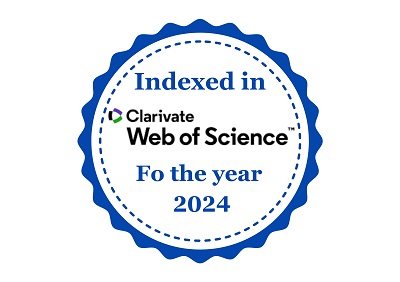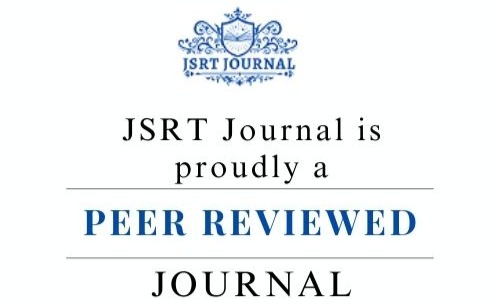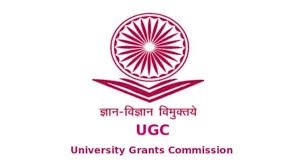Planning And Management Of Waste Dumps – A Special Case Of Mining Leases In Cluster
DOI:
https://doi.org/10.61808/jsrt123Keywords:
Waste Dump, Mine Cluster, Waste Management.Abstract
Mining is the process of economically extracting minerals from the Earth's crust. The mining sector has several positive effects on the surrounding community. Companies in this sector often donate a percentage of their earnings to community improvement projects as part of their CSR initiatives. In an attempt to keep the environment green, mining firms often engage in reforestation projects.
Unfortunately, mining generates a lot of waste rock. Government agencies are responsible for keeping an eye on air and noise pollution levels and taking action when necessary. Land deterioration and contamination are often disregarded.
A group of mines that are geographically close together is called a cluster. Any geographic region that contains mining leases is considered a cluster under the regulations of the Rajasthan Minor Mineral Concession. The cluster plays a crucial role in the region's overall environmental management since the mining licenses are quite modest.
Overburden is a major source of trash for a single open pit mine. Garbage disposal inside the lease area is standard procedure in the mining sector. It is more efficient to dump garbage inside the lease area rather than mine the mineral-bearing region. Dumping waste rock worsens environmental problems while decreasing excavation depth and safety. The Rajasthan Department of Mines and Geology oversees the disposal of garbage containing trace amounts of minerals.
The goal of this research is to maximize land usage for decreased waste dumps by analyzing the amount of area occupied by waste disposal sites in a group of mines. Assessing the overall area required for waste disposal sites in the mines that have been leased. Creating a strategy to improve land management and the administration of less debris dumps.











